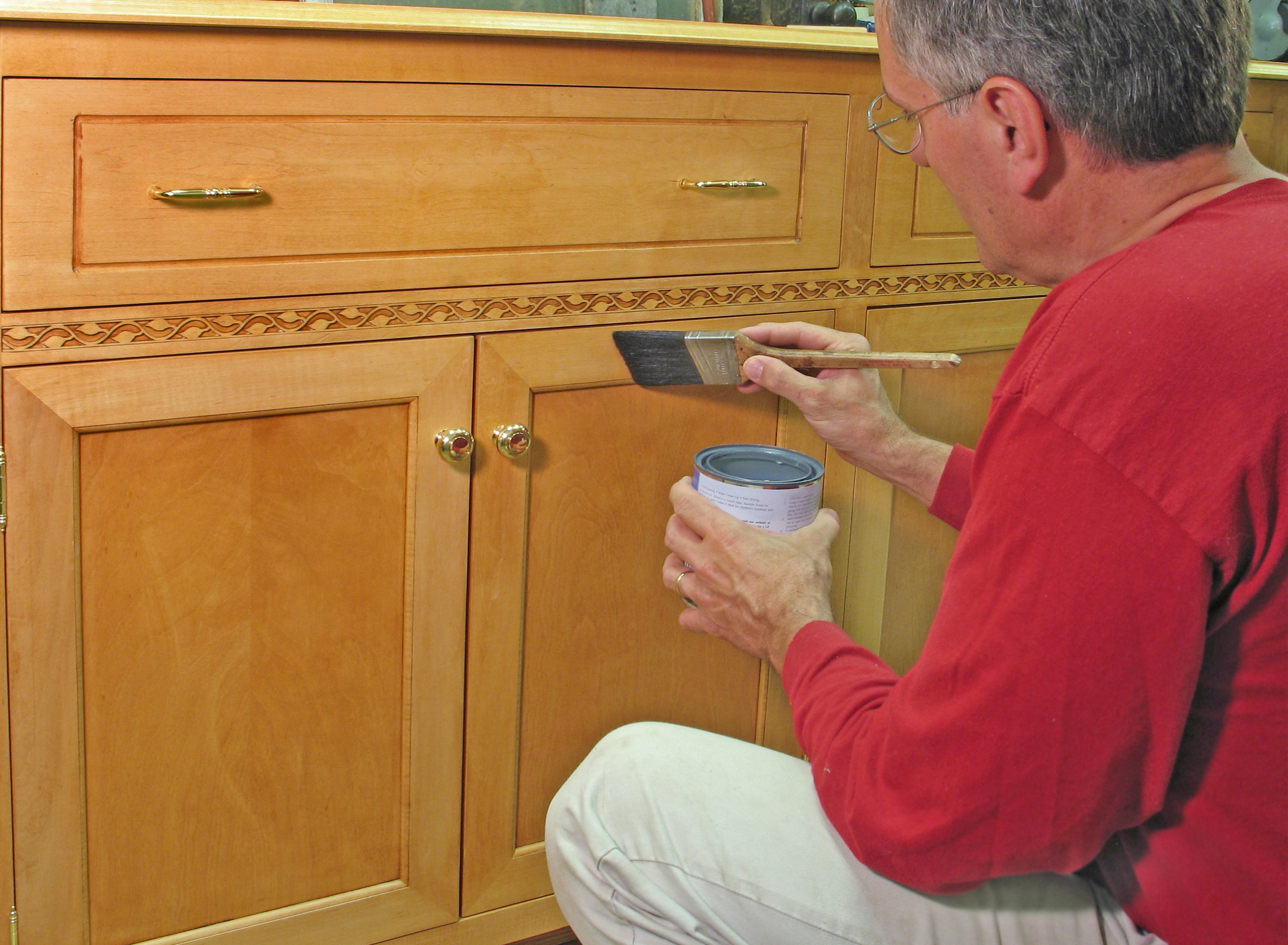Preparing Your Cabinets: How To Paint Bathroom Cabinets Like A Pro

Before you can start painting, you need to prepare your bathroom cabinets for a smooth and long-lasting finish. This involves cleaning, sanding, and priming the surfaces. It also includes removing hardware to ensure an even paint application.
Tools and Materials Needed
You’ll need a few essential tools and materials to prepare your bathroom cabinets for painting:
- Paint scraper: To remove any loose paint or debris.
- Sandpaper: In various grits (80, 120, and 220) for smoothing and prepping the surfaces.
- Sanding block: To hold the sandpaper and provide a more even sanding experience.
- Tack cloth: To remove dust and debris after sanding.
- Cleaning supplies: A degreaser, dish soap, and warm water to clean the cabinets thoroughly.
- Primer: A primer specifically designed for cabinets, which helps paint adhere better and provides a smooth surface.
- Paintbrushes and rollers: To apply the primer and paint evenly.
- Drop cloths: To protect your floors and surrounding areas from paint spills.
- Painter’s tape: To mask off areas you don’t want to paint.
- Screwdriver: To remove and reattach hardware.
- Safety glasses: To protect your eyes from dust and debris.
- Gloves: To protect your hands from paint and cleaning chemicals.
Cleaning and Preparing the Cabinet Surfaces
Proper cleaning and preparation are crucial for a professional-looking paint job. Here’s how to do it:
- Remove all hardware: This includes knobs, handles, hinges, and any other attachments. Use a screwdriver to remove them carefully, and store them in a safe place. Label the screws if necessary to ensure you put them back in the right places.
- Clean the cabinets thoroughly: Use a degreaser to remove any grease, grime, or soap residue. For stubborn stains, you can use a mild dish soap and warm water. Rinse the cabinets well and allow them to dry completely.
- Sand the surfaces: Start with 80-grit sandpaper to remove any rough spots, scratches, or imperfections. Move to 120-grit sandpaper for a smoother finish, and finally, use 220-grit sandpaper for a very fine finish. Sand in the direction of the wood grain to avoid creating scratches.
- Wipe down the cabinets: Use a tack cloth to remove all dust and debris after sanding. This ensures the primer and paint adhere properly.
- Prime the surfaces: Apply a primer specifically designed for cabinets. This helps the paint adhere better and creates a smooth, even surface. Use a paintbrush or roller to apply the primer evenly, following the manufacturer’s instructions. Let the primer dry completely before moving on to the next step.
Removing Hardware Safely and Efficiently, How to paint bathroom cabinets like a pro
Removing hardware is an important step in preparing your cabinets for painting. It ensures that you can paint the entire surface evenly without worrying about paint buildup on the hardware.
“Always remove hardware before painting, as it allows for a more even and professional-looking finish.”
Here are some tips for removing hardware safely and efficiently:
- Use the right screwdriver: Choose a screwdriver that matches the size and type of screw. Using the wrong screwdriver can damage the screws or the cabinet.
- Be careful not to strip the screws: Apply steady pressure and turn the screwdriver slowly to avoid stripping the screws. If you feel resistance, stop and try a different screwdriver or a bit of lubricant.
- Store the hardware safely: Once you’ve removed the hardware, store it in a safe place to prevent loss or damage. Consider labeling the screws to make reinstallation easier.
